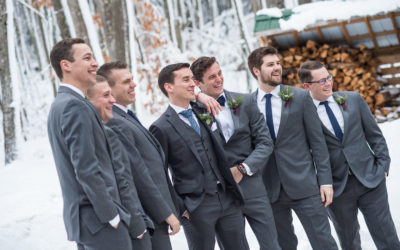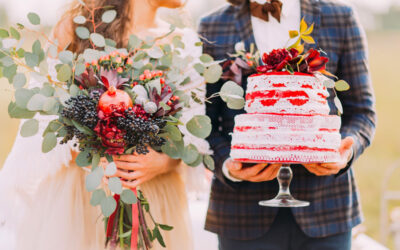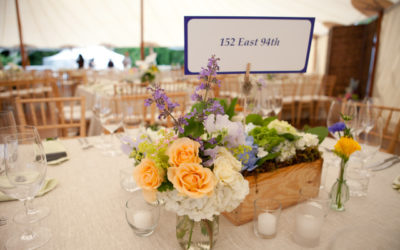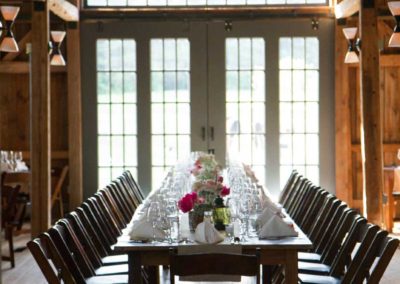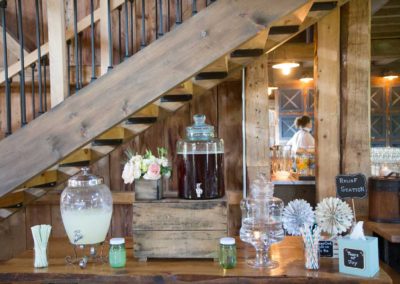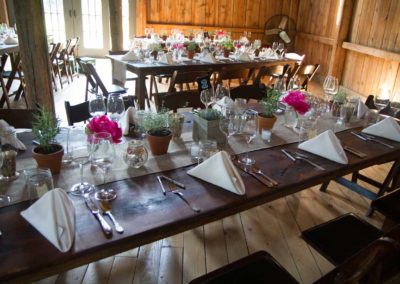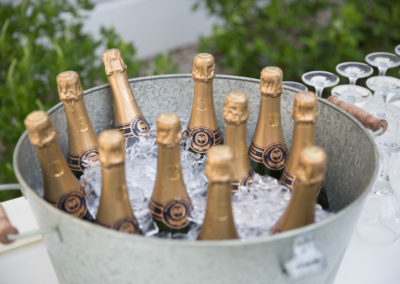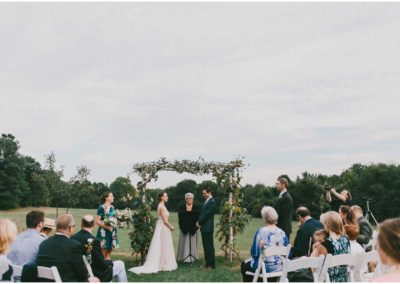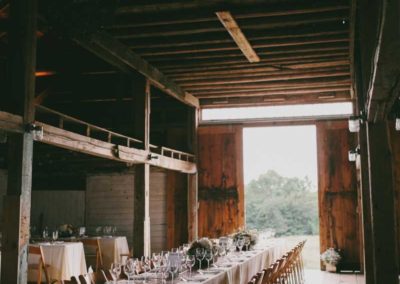What’s the big deal about setting a table?
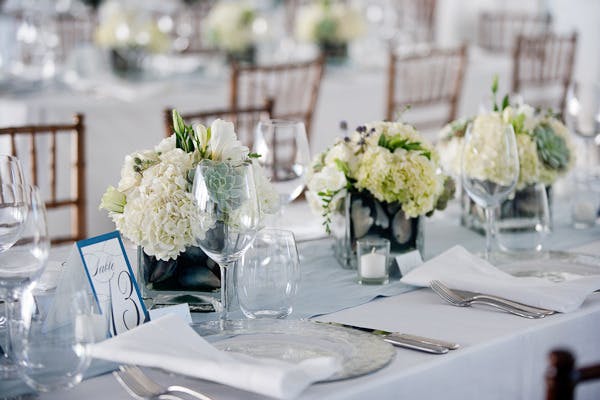
Photo by emilie inc
This is a question I ask myself frequently, usually during the first few months of the busy catering season when we have a higher number of new, uninitiated members on the service team.
Typically when we get to the event site, the trucks are unloaded, followed by a team meeting to go over the details of the event (set-up, timing of the activities, menu, etc.), and assignments are doled out for each of the team members working this event.
Among the varied assignments is “setting the tables.” I learned early on the importance of assigning experienced members of the team to this task, otherwise we would spend a great deal of time correcting mistakes.
I grew up in a family of six children, each of whom had weekly chores to perform; one of these tasks was to set the table for breakfast and dinner each day, so we learned from age 6 how to set a proper table. As times and customs change, families are smaller and no one sits down to daily meals together – the practice of table setting became a lost art. So now instead of getting frustrated when the tables are not set properly, I do a training session at the beginning of the season to explain how to set the table.
If we’re serving a 3 or 4-course dinner, the flatware required is established in the ‘packing list’ (the types and quantities of flatware needed for each course). As an example, if the menu calls for soup, salad, main course, and dessert, the flatware needed would be: soupspoon, salad fork and knife, main course fork and knife, and dessert fork and/or spoon.
Forks are always placed on the left side of the place setting and knives and spoons on the right (except for the dessert ware which is placed above the plate at the top of the place setting). The first course flatware is placed farthest from the center of the place setting, with flatware for the next courses placed inward from these, finishing with the main course flatware being placed closest to the center of the place setting. Dessert ware is placed at the top of the place setting, with the fork closest to the plate location, with the tines on the right.
ideas + advice from churchill
What should the groom wear to the wedding?
This is a question that has too many answers to list … but here are a few suggestions of things to include in the thought process.
The Groom’s Cake – what to do about it?
Some believe that the custom of a groom’s cake originated in France centuries ago. But there are several other theories, and also plenty of room to make this tradition your own.
Taking the stress out of developing the seating chart
One of the greatest causes of anxiety is the seating chart for the wedding reception dinner. Let’s see why, and also look at some options that may alleviate your stress.

